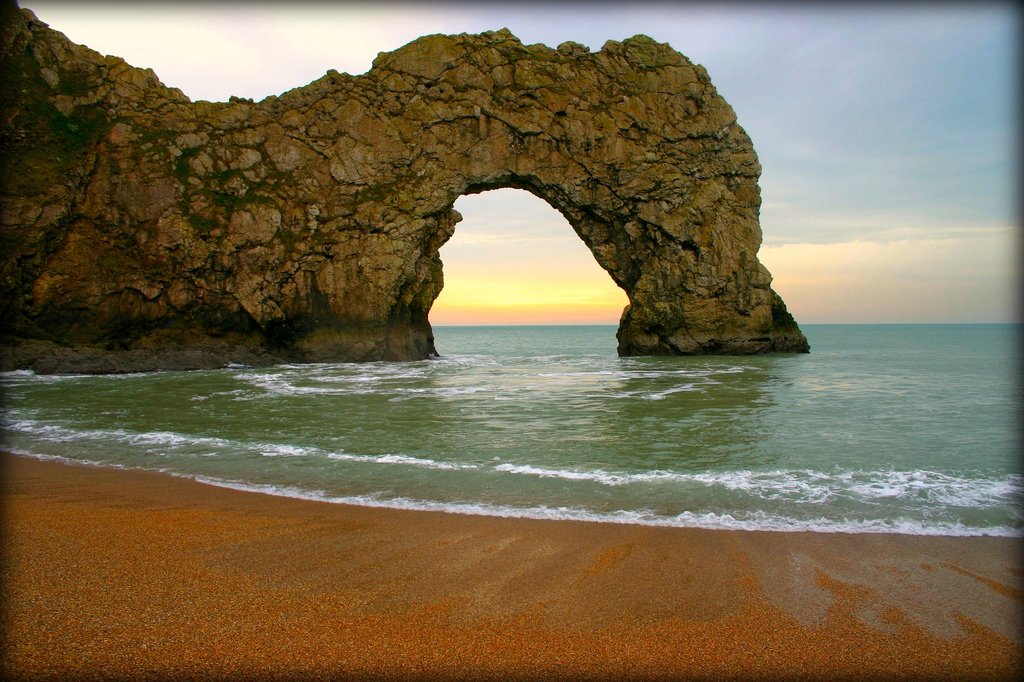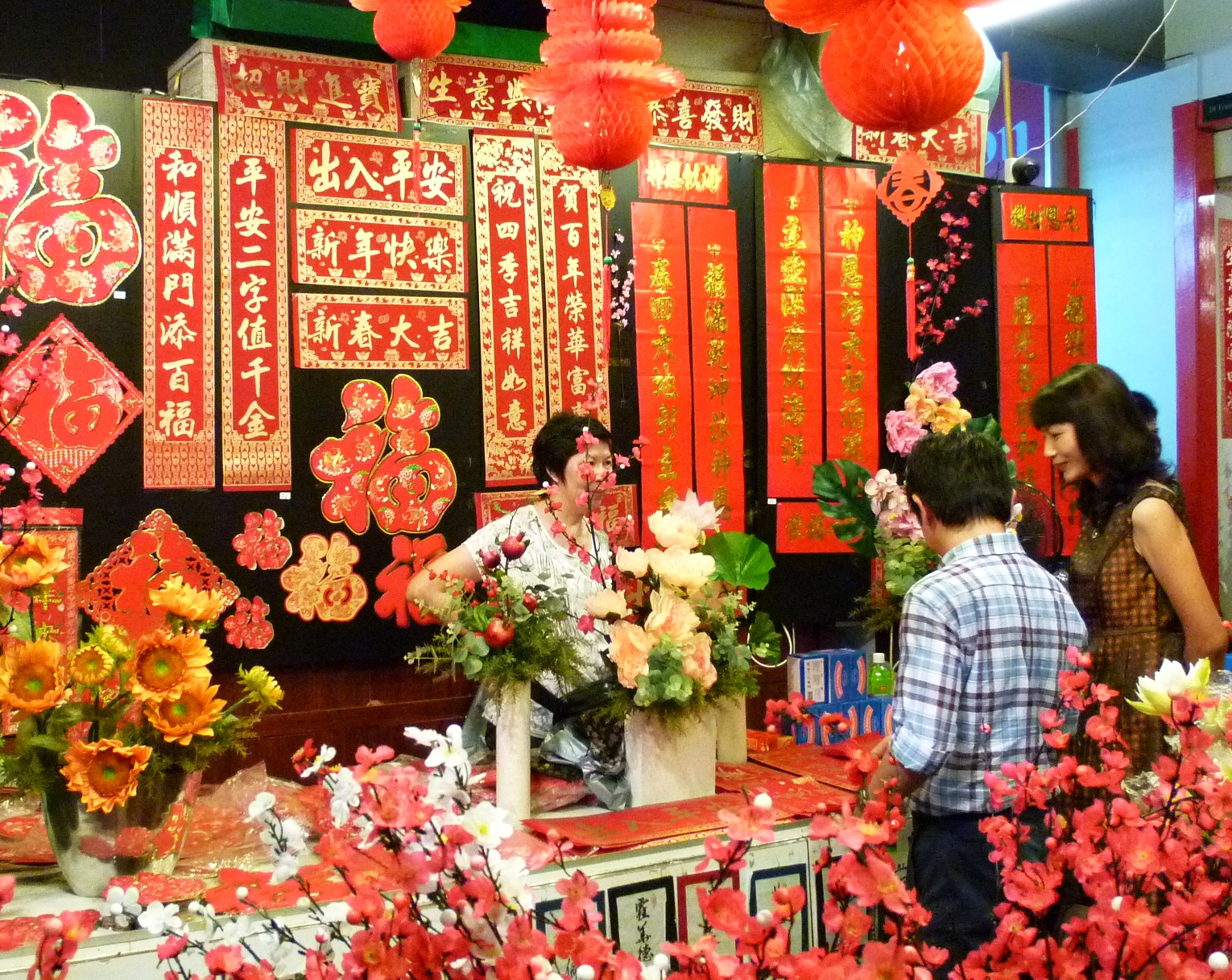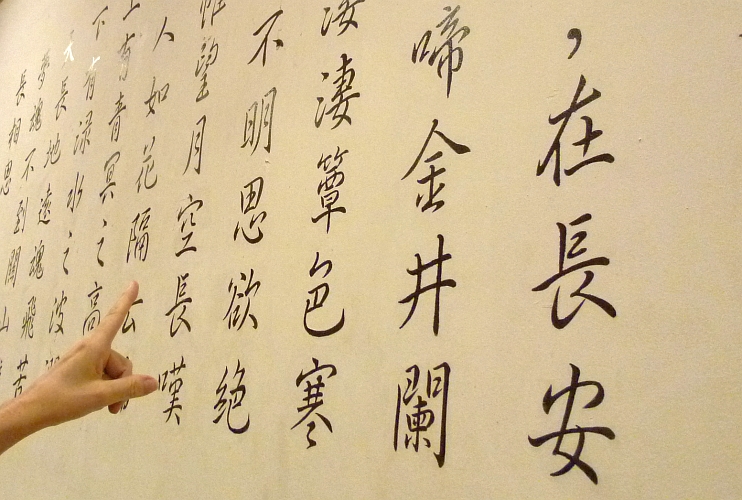

Here's Durdle Door, a sea arch on the wonderfully named Jurassic Coast in Dorset, England. This coast has cliffs made of limestone from the Triassic, Jurassic and Cretaceous periods, documenting 180 million years of geological history.
I showed you some awesome sea stacks at the top of my August and September diaries, and sea arches come from sea stacks — but how does this work? This picture helps explain it:
When a thin peninsula with cliffs erodes, caves can form. When these caves punch all the way through, we get sea arches. When these arches collapse, we get sea stacks. And when those erodes, we get sad little stumps.
But Sampo Syreeni asks:
How did the peninsula get as thin as to start the process in the first place? Generally speaking one would expect it to erode away via unrelated processes, before this kind of thing should take place.In the case of Durdle Door, Wikipedia offers information that doesn't quite answer the question, at least not for me. But maybe someone who knows more geology can figure it out:
The arch has formed on a concordant coastline where bands of rock run parallel to the shoreline. Here the rock strata are nearly vertical, and the bands of rock are quite narrow. Originally a band of resistant Portland limestone ran along the shore, the same band which can be seen one mile down the coast forming the narrow entrance to Lulworth Cove. Behind this is a 400-foot (120 m) band of weaker rocks which are easily eroded, and behind this is a stronger and much thicker band of chalk, which forms the Purbeck Hills.But why does some limestone poke out into the sea? A concordant coastline is one where bands of different kinds of rock run parallel to the sea; I'd naively expect a protrusion in a discordant coastline, where they run at right angles to the sea.The limestone and chalk are much closer together here than at Swanage, 10 miles (16 km) to the east, where the distance between them is over 2 miles (3 km). There are at least three reasons for this. First, the beds are highly inclined here, and more gently angled at Swanage. Secondly, some of the beds have been cut out by faulting at Durdle Door; and thirdly, the area around Durdle Door appears to have been unusually shallow, so a much thinner sequence of sediments were deposited here. At Durdle Bay all except a short stretch of the limestone has been completely eroded away by the sea and the remainder forms a small headland where it has protected the clay behind.

Wow! I just learned about a pioneer in electronic music named Daphne Oram, shown here working on a technology called Oramics, which she introduced in 1962... before anything like the Moog existed.
It's a table with graph paper on it. Curves are drawn freehand onto this paper and then copied with paintbrush onto 10 transparent, sprocketed loops of 35mm film. To create music, you run the film over photocells illuminated by a steady stream of light. The 10 loops then individually control different parameters of the sound. You can also can control the speed at which the film moves using a clutch and gears!
Here you can see an album of pieces she made:
and download some free samples. Only bother to do this if you like far-out electronic music and are interested in what someone could do back in 1962. Personally, I was impressed!
Daphne Oram joined the BBC at the age of 17 back in 1942, and "badgered the company endlessly to start investing in electronic music", spending many nights at their studios splicing tapes and building machines. Eventually this led to the BBC Radiophonic Workshop, which began in 1958 — but she only worked there until 1959, because she got sick of her music serving as background to TV shows.
You can't tell a book by its cover. Click the video above and listen. I would never have expected that the perky, conventional-looking woman here made this utterly deranged tune. From its sound, it should have been made by an experimental LA punk band! I find that delightful.
It's called "Snow" because it was "used to illustrate the poor performance of trains in cold weather". (Maybe it was a sound track?) It starts with some slow, atmospheric, industrial-sounding percussion. As it slowly accelerates, it starts becoming clear that it's a loop of a drummer — in fact Sandy Nelson, a star from the early 60s. After a while some electric guitar enters, a bit like a surf music. It keeps picking up speed, eventually becoming quite frenetic... and it ends with a crash.
January 13, 2012
Good news! The government of Myanmar and the rebel army of the ethnic
group called the Karen have signed
a ceasefire. The Karen never got an autonomous region like the
other major groups in Myanmar, and a rebellion has been going on for
over 60 years. The Myanmar army has been carrying out a campaign of
'ethnic cleansing', burning Karen villages, and about 160,000 have
fled to refugee camps across the border in Thailand. Now maybe this
will end.
I care about this more now that I've been seeing firsthand how the diverse peoples of Southeast Asia are being yanked abruptly and into the modern world. The woman who cleans our house, Phaw Phaw, is a Karen from Myanmar, now living in Singapore. In her village, they do the dance with poles shown below. We hope to visit it sometime this summer.

Burma began as a region conquered by the British Empire in a series of wars starting in 1832. They considered it a province of British India. After the Japanese invaded and were then defeated in 1948, it became a country — but there are still roughly 30 rebel armies in Burma, representing various ethnic groups! In short, it's a hugely diverse region with the misfortune of being a single country, Myanmar, ruled by a nasty government — together with a lot of armed people unwilling to put up with this.

About 65% of the people speak Burmese, white in the picture. This is a Tibeto-Burman language — and so are the Chin (grey), Kachin (green), Rakhine (aqua) and Naga, Lahu and Akha languages (all in burgundy).
The Karen speak three different languages: Pa'o, Kayan and Karensi (all in red). These are also considered Tibeto-Burman — but that's somewhat controversial, because unlike most of those languages, their sentences go subject-verb-object instead of subject-object-verb!
The Mon, Wa and Palaung languages (yellow and light purple) are from a wholly different family: the Austro-Asiatic languages.
Finally, the Shan language (shown in tan) is from a third wholly different group: the Tai-Kadai languages. These also include Thai and Lao.
This is a vast oversimplification, since there are about a hundred languages spoken in Burma! I'm just trying to wrap my head around the linguistic scene in southeast Asia. So, let me add that worldwide:
Here's the Prime Minister, Lee Hsien Loong, helping kick off the festivities yesterday by tossing a coin into a lantern:

January 23, 2012
Last night Lisa and I went downtown to shop for some calligraphy to
hang our door. The population of Singapore is largely Chinese, with a
lot of Malays and Indians as well — but there's still a
"Chinatown", a kind of epicenter of activity, and on New Year's Eve it
becomes insanely crowded with people eager to shop, eat out, and
eventually watch the fireworks. That's where we went.
Red is considered a lucky color in China: it's associated with courage, loyalty, honor, success, fortune, fertility, happiness, passion, and summertime. Chinatown becomes very red on New Year's Eve!

For Chinese, the biggest holiday is the Lunar New Year, or "Spring Festival." It's at least the equal of Christmas and New Year's Day combined in the United States... maybe with Thanksgiving thrown in on top! The festivities start on on the first day of the traditional Chinese lunisolar calendar, and end on the 15th day with the Lantern Festival.
It's customary in China to put posters with calligraphy on your door — and it's good to mark the new year with a new one. We got two saying
Not one of these — but these were pretty too:

Lisa also wanted to renew our door poster saying "Spring". We couldn't find the calligrapher we used last time, but we found someone willing to make one for us:



He used a blow drier on it before wrapping it up.
Chinese calligraphy is a marvelously subtle art, with many forms and a long history. I like it even though I can't read or write! One reason: even the finished, static product lets you feel the motion of the brush. Joan Stanley-Baker puts it well:
Calligraphy is sheer life experienced through energy in motion that is registered as traces on silk or paper, with time and rhythm in shifting space its main ingredients.We finished up our New Year's Eve by doing what Singaporeans like to do best: eat. Smith Street is packed with restaurants and stalls selling food from all over: China, Malaysia, India, Thailand, Vietnam and more. And don't forget: saying "Chinese food" or "Indian food" is like saying "European food": these aren't single cuisines, they're dozens! We picked a Xi'an restaurant and had skewers of lamb, dumplings, and super-thick noodles in garlic chili sauce. By coincidence there was a poem by by the famous Tang poet Li Bai on the wall, continuing the calligraphic theme of the evening:

The calligraphy here is pretty basic, so let's wrap up by looking at the work of a master. This is the only surviving calligraphy by Li Bai, also known as Li Po:
Born in 701 out in the wild west, he eventually found his way to the capital, Chang'an, where the emperor hired him as a translator. He died in 762. According to a popular but baseless legend, he drowned trying to embrace the reflection of the moon in the Yangtze River.
Poetry has been defined as "that which is lost in translation", and the tightly coiled patterns of classical Chinese poetry turn to mush in English, with the complex allusions and beautiful calligraphy lost as well. For example, Li Bai's famous poem "Visiting the Taoist priest Dai Tianshan but not finding him" rhymes in Chinese. Translating it word-for-word we get:
Imposing English grammar dilutes this intense word-blast to:
For more Chinese calligraphy, see this:
© 2012 John Baez
baez@math.removethis.ucr.andthis.edu